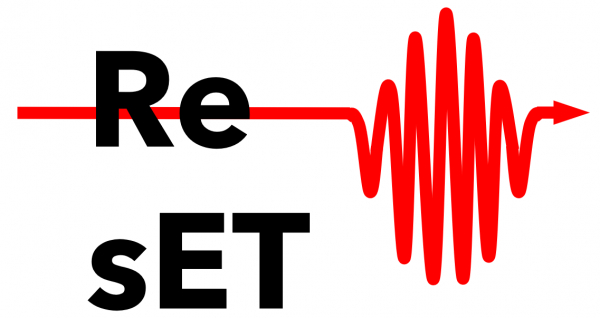This project will investigate resonant transfer of energy from plasmonic materials to semiconductors as a route to sensitise these materials to light with energies both above and below their band gaps.
Many materials, potentially useful for solar-to-energy based applications such as photocatalysis, photoelectrocatalysis, either do not absorb a sufficient portion of the solar light or do not absorb the light in a manner to make the devices sustainable.
Addition of an extremely thin layer of plasmonic nanomaterials (< 20 nm) can lead to almost complete absorption of light at the plasmon resonant wavelength of the nanostructures. This strong absorption can form part of a couple in the dipole-dipole resonant energy transfer, often known as Forster resonant energy transfer (FRET), which allows transfer of the energy absorbed by the NPs to a nearby semiconductor.
The aim of the present project is to take advantage of this process to improve the solar photocatalytic efficiency of some materials such as diamond and Cu2O aimed at application to energy efficient redox reactions. In particular, diamond (band gap 5.5eV) will be investigated for Nitrogen fixation which is a highly energy intensive reaction (much higher energy requirement than water splitting). In this case the energy required is higher than that contained in a single visible light photon and thus a number of photons are required to induce the redox reaction.
The hybrid plasmonic/diamond materials will also be tested and optimised for visible light induced photoemission efficiency both into vacuum and water in a process which takes advantage of the negative electron affinity of a hydrogenated diamond surface.
A similar strategy will be employed to sensitise Cu2O to IR light, which represents approximately half of the total solar radiation: Cu2O has a band gap in the visible (2 eV), but its absorption range can be possibly extended to higher wavelengths by the combination with Cu nanoparticles with localized surface plasmon excitations resonant with defect state transitions. After the optimization of the spectral absorption range and resonant energy transfer, the materials will be tested as photocathodes in water splitting cells.
This project brings together a research unit at the University of Bologna and one at the CNR with two sub-units: CNR-Nano in Modena and CNR-ISM in Rome which have highly complementary expertise.
Acronym: ResET
Funding: Unione Europea - Next Generation EU tramite il bando PRIN 2022 PNRR
Starting-ending year: 2023-2026
Call: PRIN 2022 PNRR
Budget ISM k€: 75
Role ISM: Project Coordinator
Referent ISM: Patrick O'Keeffe
Relevant roles of personal ISM: Patrick O'Keeffe - Coordinatore del progetto
ISM personnel involved: Patrick O'Keeffe, Daniele Catone, Alessandra Paladini, Francesco Toschi, Stefano Turchini
Laboratory: EFSL
Other Participants: CNR-NANO, Università di Bologna


 English (UK)
English (UK)  Italiano (Italia)
Italiano (Italia)